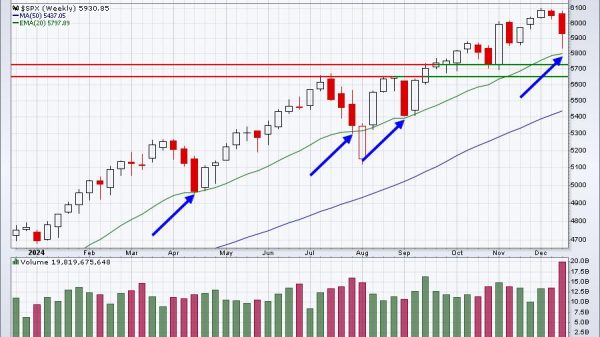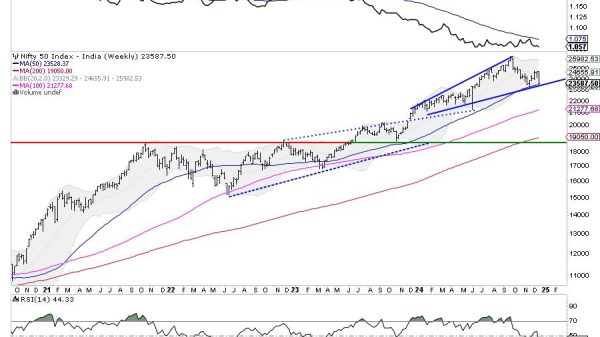Workforce shortages and supply chain instability has rocked the production capabilities of approximately a fifth of businesses in the past 12 months, according to the ONS, reducing their profit margins considerably.
But how can this strain on the manufacturing industry’s supply chain be solved? Simon Key, partner and solicitor specialising in commercial dispute resolution and head of the manufacturing team at leading law firm Nelsons, believes that there are often overlooked opportunities in these difficult times to turn these weaknesses into strengths.
Why are there issues?
It seems like the manufacturing sector has been facing unprecedented pressures from all sides in recent times. Many businesses are still wearing the scars of the pandemic and with rising inflation, the financial press is predicting that interest rates are only set to rise further potentially to more than 2.6% by the end of 2023, according to Money to the Masses.
However, there are options to consider that meet these industry challenges with innovation and resourceful thinking to nullify or even benefit from them instead.
Going digital
One option is to introduce digital solutions to your business as the increased availability of it can help businesses increase efficiency and save costs. This is due to technology being available to drive not only production line speed and efficiency but also help to create faster product ordering processes and improved response time to customers.
The cost of digital capabilities does not have to be prohibitive to smaller and medium-sized manufacturers. Those that have embraced smart solutions can drive savings to absorb or avoid increasing costs pressures altogether.
Time to renegotiate
Another option that has become more viable and productive for businesses is to renegotiate contract terms between manufacturers and suppliers.
We’ve also seen an increase in manufacturers and suppliers working together to ensure supply chains hold up, which has shown to be effective at limiting profit margin difficulties.
Onerous clauses in supply contracts, with fixed pricing and supply quotas, have traditionally caused friction between supplier and manufacturer. However, in recent times, mounting cost pressures have caused suppliers to approach buyers in honest terms, setting out that they cannot meet their contractual supply obligations in the current economic climate.
In many instances, we have seen both sides successfully renegotiate terms, to share the pain and ensure mutual survival.
Our advice is that no matter where a business sits in a supply chain, it is worth reviewing contract terms. Where appropriate, an approach can be made to address any terms or obligations that prove prohibitive to continued supply. Such discussions don’t need to be confrontational and can lead to productive and overall strengthened business relationships.
Looking ahead
In these current times, it is more important than ever for manufacturers to have a reliable supply chain in order for them to meet production demand, despite rising costs and workforce shortages. Whether this is achieved through digitalisation, renegotiating, or another method, it is crucial for processes to be taken to try and create a positive outcome out of a hard situation.
Read more:
Turning the tables on supply chain issues in the manufacturing sector
























